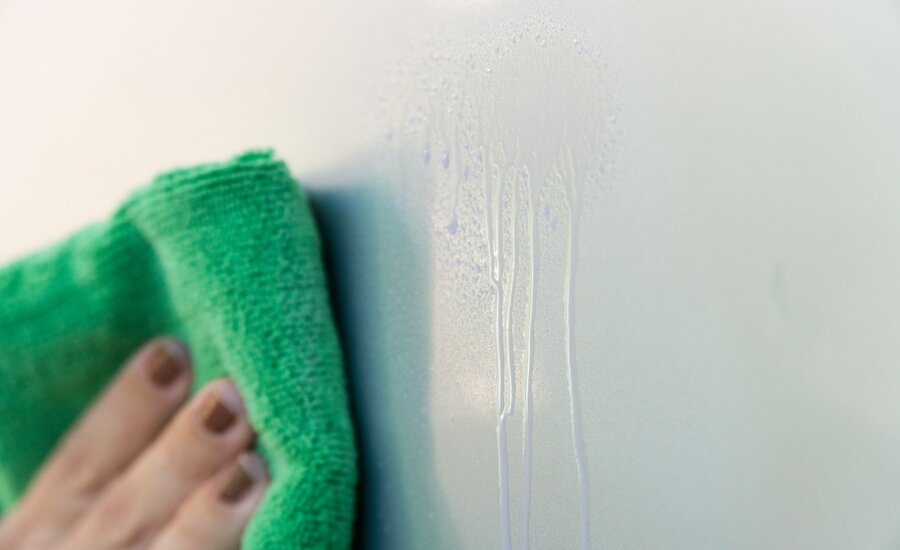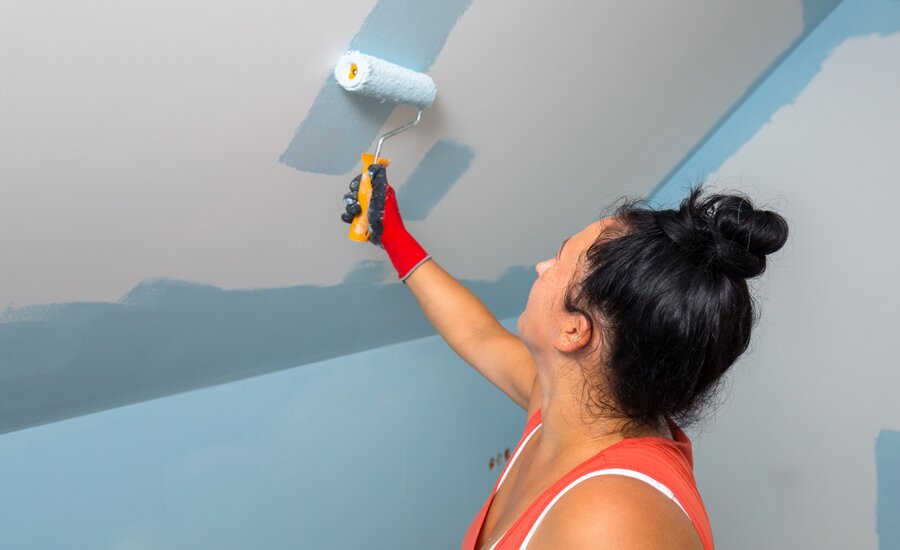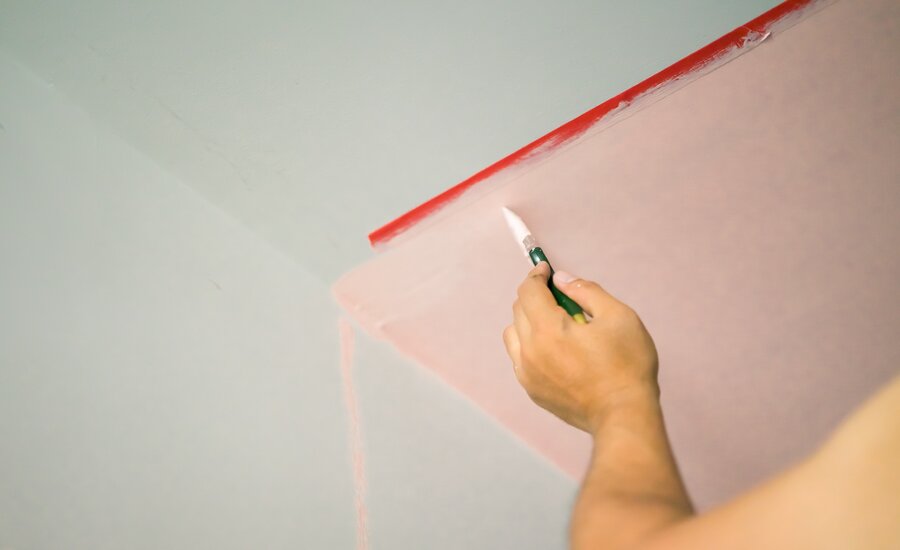How to Fix a Bad Paint Job

No matter how experienced or prudent you are, the occasional lousy paint job is inevitable.
It’s hard to believe how many painting mistakes are being made out there. Some mistakes have been made by homeowners trying to save money and do the work themselves. Some are made by cut-rate painters who do a rough job, which reflects poor skill or a lack of qualifications. It could be a poor choice of paint, failure to prepare surfaces properly, or low-quality finishes; whatever the case, these poor paint jobs cost homeowners time and money to get them fixed.
Fortunately, most mistakes can be repaired without much trouble. You can try one of the effortless fixes below to help you find your way to a stainless finish.
Banish Paint Bubbles

Paint blisters or bubbles will appear if the top coat of paint doesn’t appropriately adhere to the undercoat, sometimes as the result of a heat or moisture issue. If you find one of these unsightly areas, it’s best to identify the underlying cause before you move on to fixing the finish. Once the problem has been addressed, scrape the blisters and bubbles off with a paint scraper and smooth with sandpaper. Before repainting, it’s a good idea to coat with a primer.
Uneven Paint
If you can see your old finish showing through your walls, there isn’t a sufficient number of paint coats on your wall. All you need to do is to be patient and wait until the paint is dry, then simply add another coat. Continue until you achieve your desired result!
Scrape Paint Splatters
Splatters or drips of paint on the glass of your windows aren’t as problematic to remove as you may think. Wait until the paint is fully dry, and then sweep the offending spots off with a razor blade at an angle. Clean off your blade with a damp rag to remove excess paint as necessary.
Ceiling Spots

It’s not unusual to get a dab of paint on the ceiling when you are working up high. If you find the spot while it is still wet, simply spray the window cleaner with a clean brush and rub the paint off. Dry spots will need to be touched up with a small brush, being careful to feather the edges in order to blend with the rest of the ceiling.
Take Back the Trim
Keep a damp cloth close by when you are painting around trim work. This way, when you accidentally skim the trim, you can wipe it up as you go. If you don’t notice a spot until it’s dried, sand the paint off, then clean the dust by wiping the surface with a damp cloth. Then, when it’s dry, go ahead and touch the space up.
Bad Cutting In
Cutting in involves using a paintbrush to manually draw straight lines of paint in areas that are too tight for rollers, such as corners, ceiling lines and windows. This can be fixed by using masking tape to protect the window frame, or if you ask a skilled painter with a steady hand, then it can be done without tape. Premier Painting Company has many years of experience mastering the art of cutting in. It’s not something you do after a few days; it involves utilising the perfect brushes, a steady hand and perfecting the stroke.
Touch Up Tape Lines

Some of your paint could come off with the tape if it’s on the wall for too long. It’s best to wait around for an hour after the paint job is done, then use a razor blade to cut off the tape and raise the paint. Sand the affected area smooth with a sanding block, then clean, prime and paint the area.
Fix Brush Marks
Brush marks on walls are rarely there for an artistic purpose. These usually appear when people don’t cut in carefully and are left with an uneven result. Here’s the way to deal with this problem: first, sand down the area and wipe it clean, then simply repaint it!
Save Your Carpets from Paint Stains
Paint spills on the carpet are easier to remove than you may realise. If you notice the paint mishap when it’s still wet, you may blot it up with a wet paper towel - don’t wipe it, as you will end up grinding the liquid into the fibres. Keep blotting until all the paint comes up. When the paint is dried up, pour a small amount of hot water mixed with detergent onto the area. Let it sit until the paint is softened, then gently drip the chips out of the fibres with a table knife.
DIY can be easy-peasy to DIY when you only have small troubles like these. But when an entire room or even a whole house is in need of fixing, you may want to hire a professional painting company. You will have to be careful about choosing the right painting contractor to get the job done perfectly.







